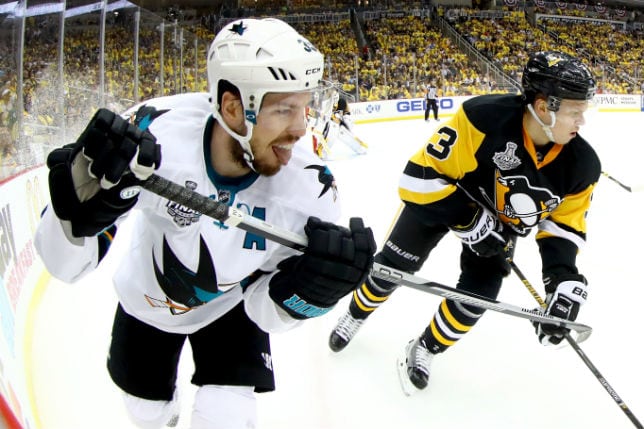
Why rest after 'car crash' of a season is an important part of off-season training
With shorter off-seasons becoming the norm, finding enough time to properly train for a new season has become increasingly difficult, especially because players need the proper amount of rest following a season in order to train the right way.
 Why rest after 'car crash' of a season is an important part of off-season training
Why rest after 'car crash' of a season is an important part of off-season trainingNot since 1991 has the NHL season ended before June, and with players getting faster and hitting harder with each passing season, the toll on the body has become more gruelling with shorter times for recovery than ever before.
Ask training guru Ben Prentiss, who has worked with everyone from Martin St-Louis to Jonathan Quick, and he’ll describe the season like a car crash. It’s a marathon that exacts such a toll on each player that Prentiss has yet to see a player enter the off-season completely healthy. That means recuperation after an arduous season is a must, regardless of how a player says he’s feeling.
“If a guy starts (training) too early, not only physically is he not ready, but mentally, too. He’s just gone nine months — if his team made the playoffs, seven months if they didn’t — of straight hockey,” Prentiss said. “They need to get out of skates…or they’re going to burn themselves out by the time September comes around.”
Stepping away from the rink doesn’t mean a one- or two-month absence from off-ice activity, though. Prentiss says getting some sun and taking time to relax is important, but ideally it would be limited to three weeks. Any break longer than that and players risk wasting a month of strenuous off-ice workouts in order to get back in good enough shape to actually train for the rigours of the season. And even the three weeks of down time shouldn’t be a complete break as it’s important players get their bodies prepared for a summer of off-ice training.
The preparation that comes during the rest period — through massage, nutrition and sleep — is as important as anything. It’s what helped a player like St-Louis, whose best years came after 30, remain in such great shape late in his career. Not everyone is built like him, Prentiss is quick to point out, and even St-Louis had to learn that training needs to change as players get older. “His thing was he wanted to do too much,” Prentiss said. “A lot of hockey players that are great want to do too much. It’s not the quantity, it’s the quality.”
The quality doesn’t just have to include what’s done in the weight room, though. Prentiss said mobility training, a specific style stretching designed for hockey players and focusing on the hips and groin, is a big part of his programs, as is acupuncture, dry-needling and working on soft tissue to prepare the muscles. All told, Prentiss can have a player ready for a new season in 12 weeks, but just as with rest, spending more time that that away from the rink can be too much.
“These guys are hockey players,” Prentiss said. “If you go longer than that, they can get tired of the gym, get a little punchy and want to get out on the ice.”
Want more in-depth features and expert analysis on the game you love? Subscribe to The Hockey News magazine.




